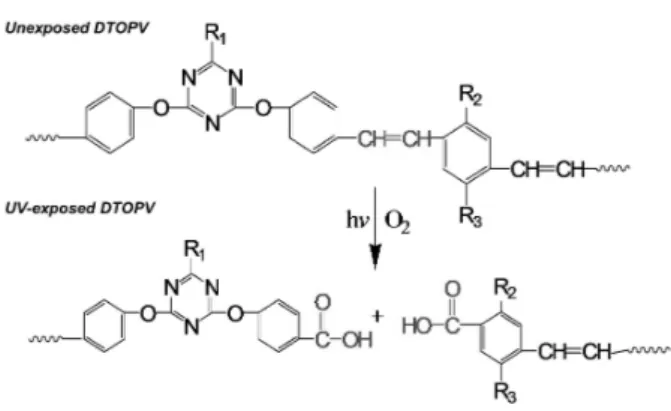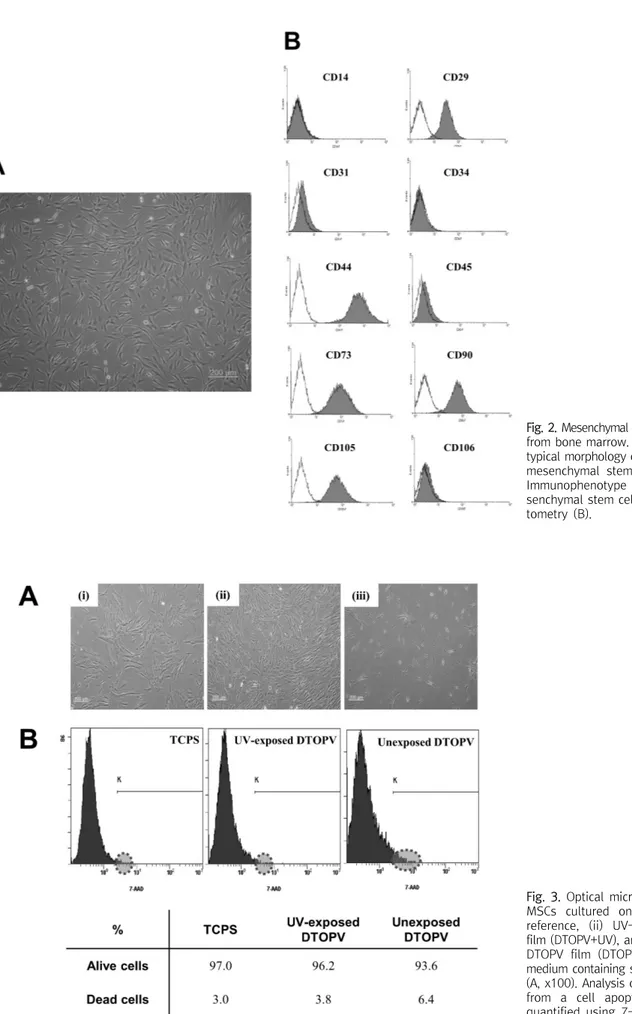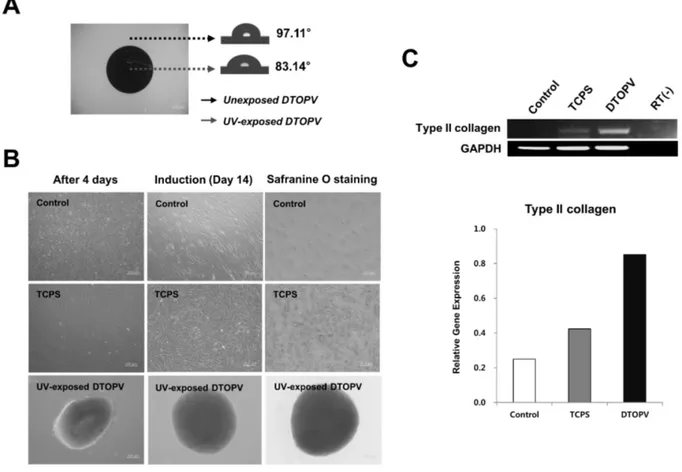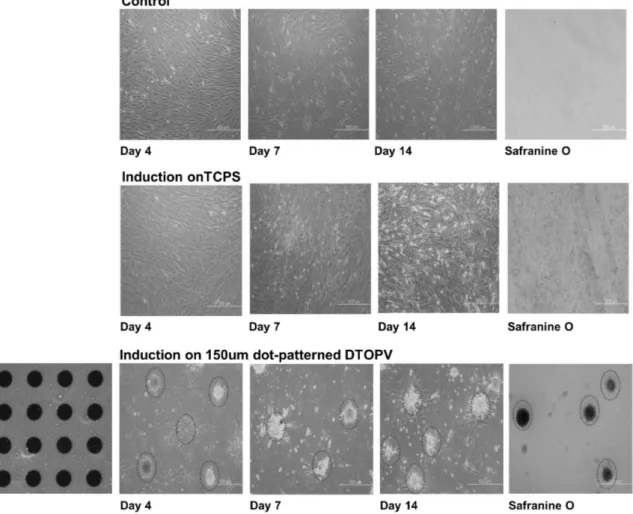Chondrogenic Differentiation of Human Mesenchymal Stem Cells on a Patterned Polymer Surface
전체 글
수치




관련 문서
Bactericidal effect of photocatalytic reactor depending on the UV-A illumination time and flow rate of V.. Bactericidal effect of photocatalytic reactor
As a result of the study, it was confirmed that only human resource competency had a positive(+) effect on the intercompany cooperation method of IT SMEs,
Firstly, it was discovered that hierarchical culture of sports organizational cultures had a negative influence on occupational and organizational immersion while
Determining optimal surface roughness of TiO₂blasted titanium implant material for attachment, proliferation and differentiation of cells derived from
Histologic evaluation of early human bone response to different implant surfaces2. Histologic evaluation of human bone integration on machined and
Figure 1 UV-Vis absorption and fluorescence spectra of Compound 4 Figure 2 UV-Vis absorption and fluorescence spectra of 2-Aminopyridine Figure 3 UV-Vis absorption
근래에 연구되는 격자형 모델은 각 경계범위에서 각기 다른 변수의 영향을 정확 하게 산출하지 못하고 있으나 , 수용모델링을 병행하는 경우 높은 정확도를 추정할
In the tissue culture using leaf tissue of Orostachys japonicus , callus were induced most efficiently in 5-week-after culture in the MS medium supplemented with 10 μ BAP and 4